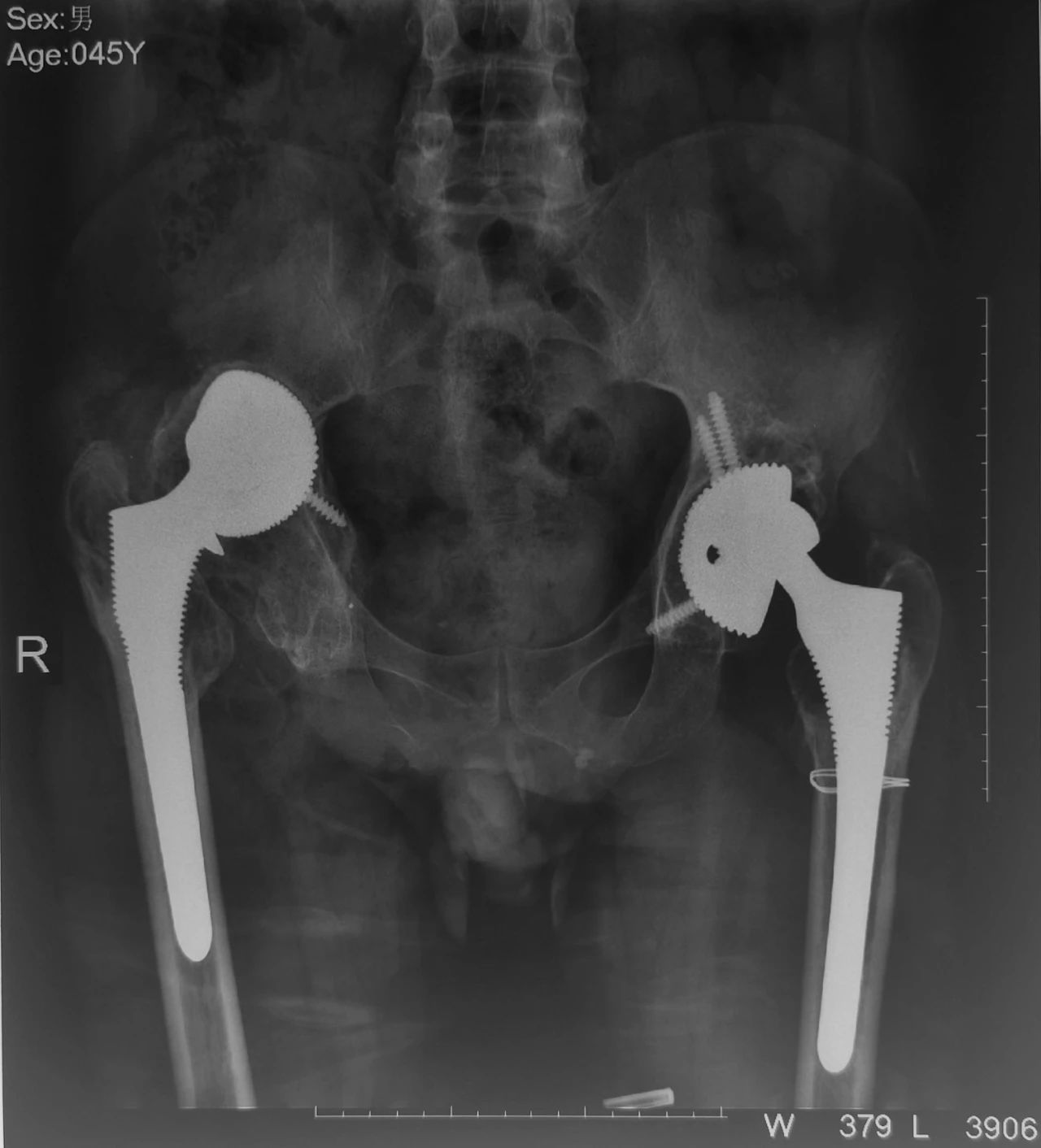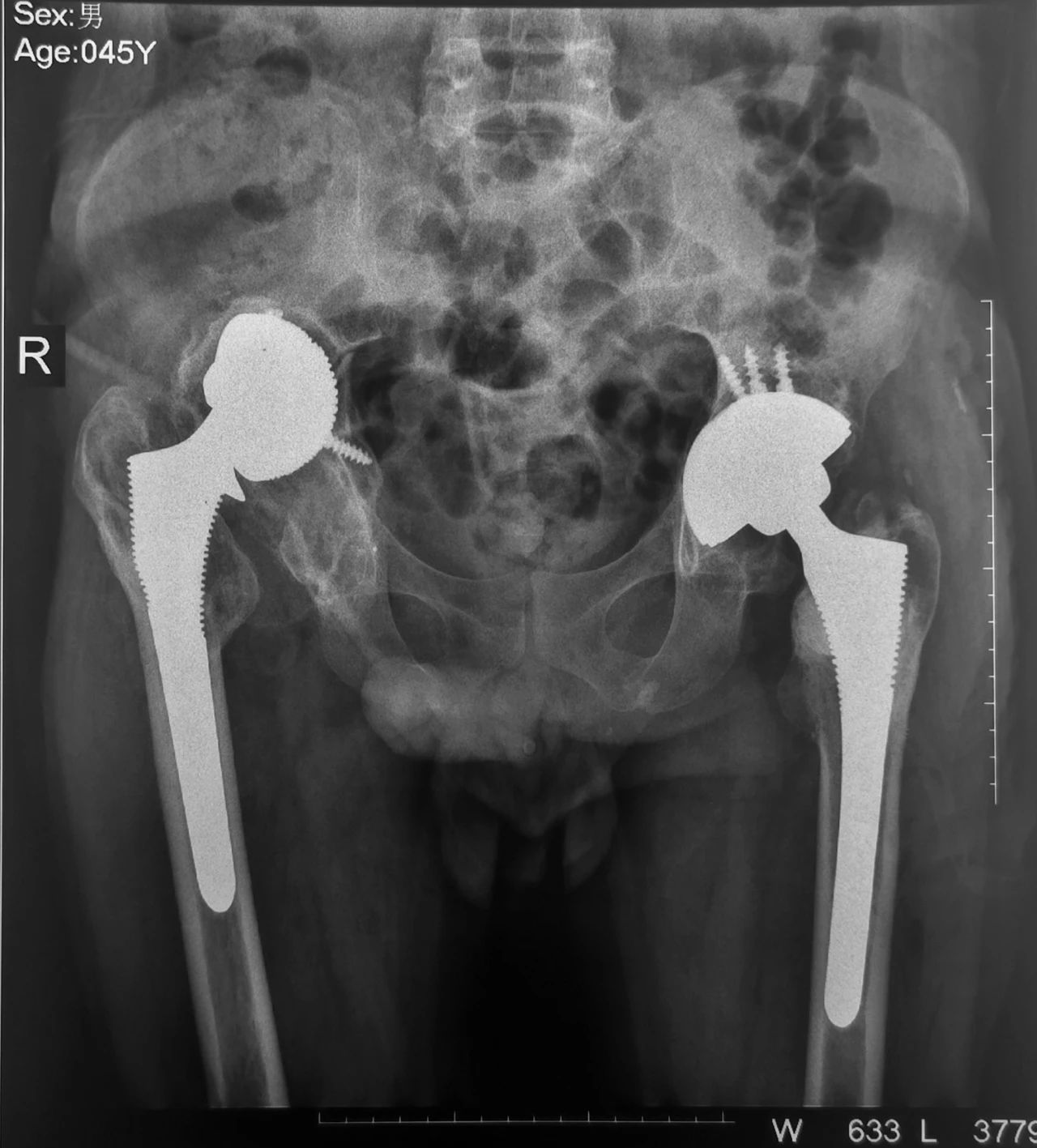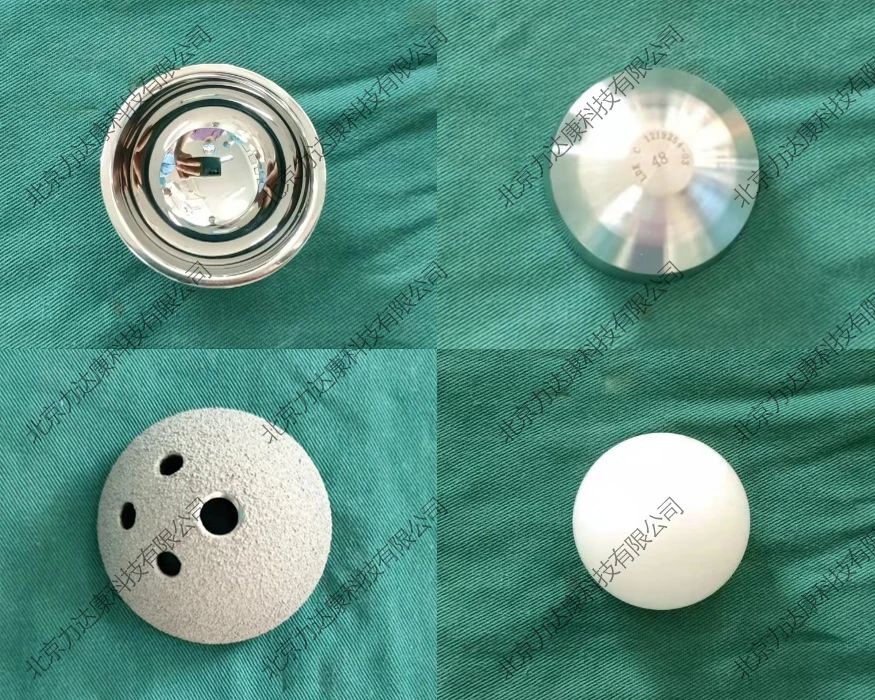Degenerative diseases of the hip joint are common in middle-aged and elderly patients. Diseases such as severe osteoarthritis of the hip joint, femoral neck fractures, ischaemic necrosis of the femoral head and hip tumors will progress to the ultimate form of treatment, namely total artificial hip replacement.
The artificial hip prosthesis is modelled on the structure of the human hip joint, with the stem of the prosthesis inserted into the medullary cavity of the femur and the head rotating with the joint socket or metal cup of the prosthesis to achieve various forms of movement of the hip joint. The incidence of dislocation is 0.04%-11%. Therefore, after total hip replacement surgery, patients are strictly required not to squat deeply, sit on a low stool, stilt or cross-legged to prevent dislocation of the artificial joint.
In order to reduce the rate of dislocation and wear of the acetabular prosthesis , improve the stability of the prosthesis and the quality of life of patients after total hip replacement surgery, Professor Gilles Bousquet, a renowned French orthopedic specialist, and Professor André Rambert, a renowned expert in biomedical engineering, invented the bionic dual mobility total hip joint.
Bionic: a scientific approach to building technological systems that mimic the functions and behaviors of biological systems. The total hip joint is an artificial joint prosthesis designed and manufactured to mimic the physiological shape of the original human hip joint.
Dual mobility: two movement surfaces, the one between the femoral head and the liner and the one between the acetabulum and the polyethylene liner.
The bionic dual mobility total hip joint is an artificial joint prosthesis designed and manufactured to mimic the physiology and shape of the original human hip joint. Compared to the common artificial total hip joint, it has the ability to improve the stability of the prosthesis, increase mobility, meet the patient’s increasing demand for quality of life, reduce the risk of dislocation, reduce wear and tear, shorten the patient’s hospital stay and improve the patient’s quality of life after surgery. The Bionic Dual Mobility design offers the possibility of achieving a clinical “zero” dislocation rate.
The Ethereal Bionic Dual Mobility Total Hip System has been mass-produced and marketed to bring better post-operative recovery results and experience to more hip replacement patients.
Beijing LDK
Ethereal Bionic Dual Mobility Total Hip System Classic Case Application
Description of the case
Patient, male, 45 years old.
Main complaint
More than 16 years after bilateral hip arthroplasty, left hip pain with limitation of movement for more than half a month.
Present medical history
The patient reported that he was admitted to hospital 16 years ago for bilateral femoral head necrosis and underwent bilateral total hip replacement in 2006 and 2007 respectively. In the last half month, the left hip joint became painful and uncomfortable without any obvious cause, and the pain worsened with activity, but could be relieved after rest. The patient was admitted to the hospital for systematic treatment. Based on the patient’s history, symptoms, signs and relevant ancillary investigations, He was diagnosed as “post hip arthroplasty (bilateral)”.
Past history
Total hip arthroplasty of the left and right hip joints in 2006 and 2007; rheumatoid arthritis for more than 25 years, long-term oral prednisone tablets (details of dosage unknown), previous history of tuberculosis for more than 3 years.
No contraindication.
Contraindications were excluded. “Revision operation of left hip prosthesis” was performed on 2022-02-13. Postoperative anti-infection and analgesic treatment were given, and functional exercise was guided.
Preoperative image
Postoperative imaging
Prosthesis
Post time: Mar-17-2023




